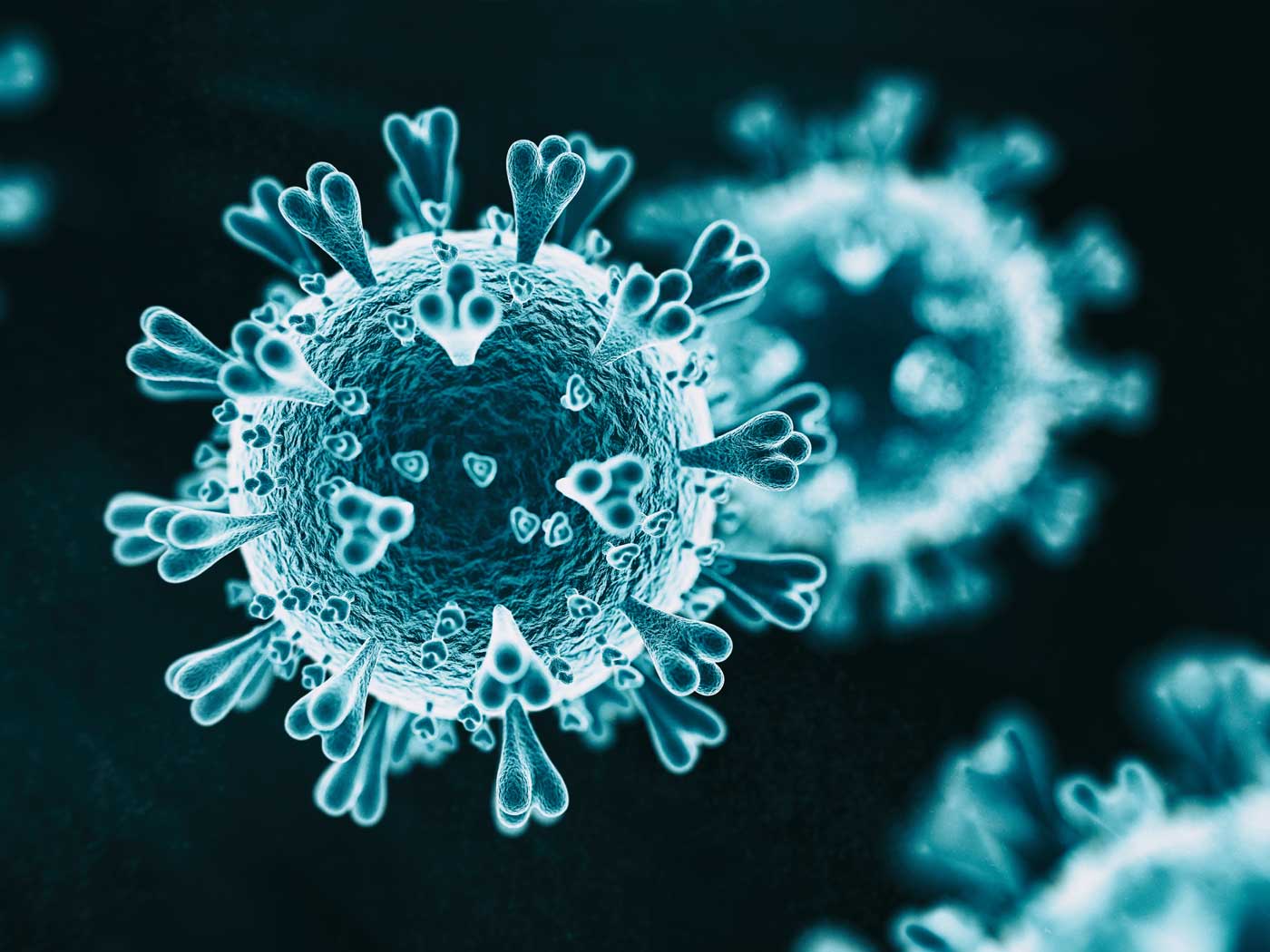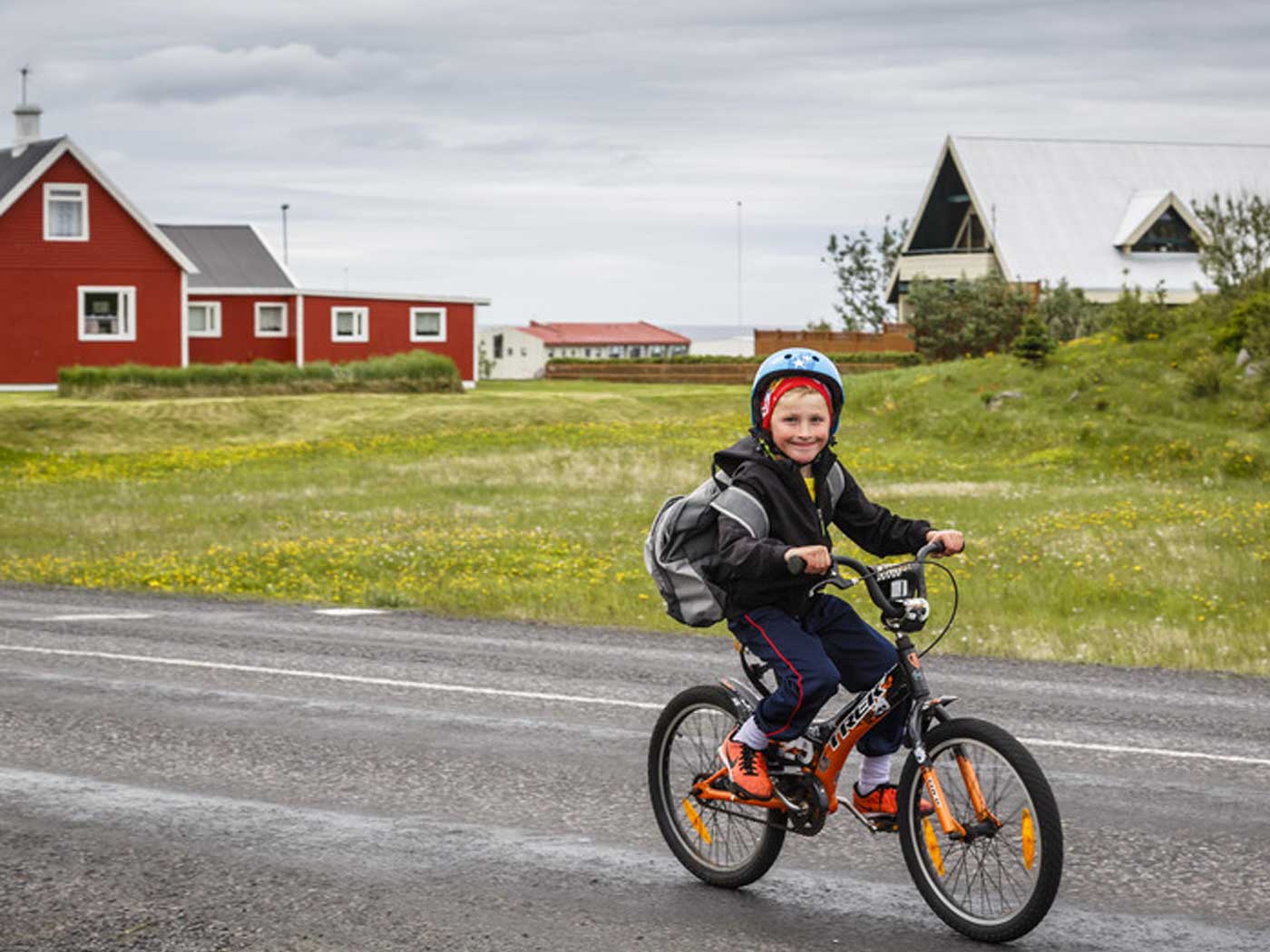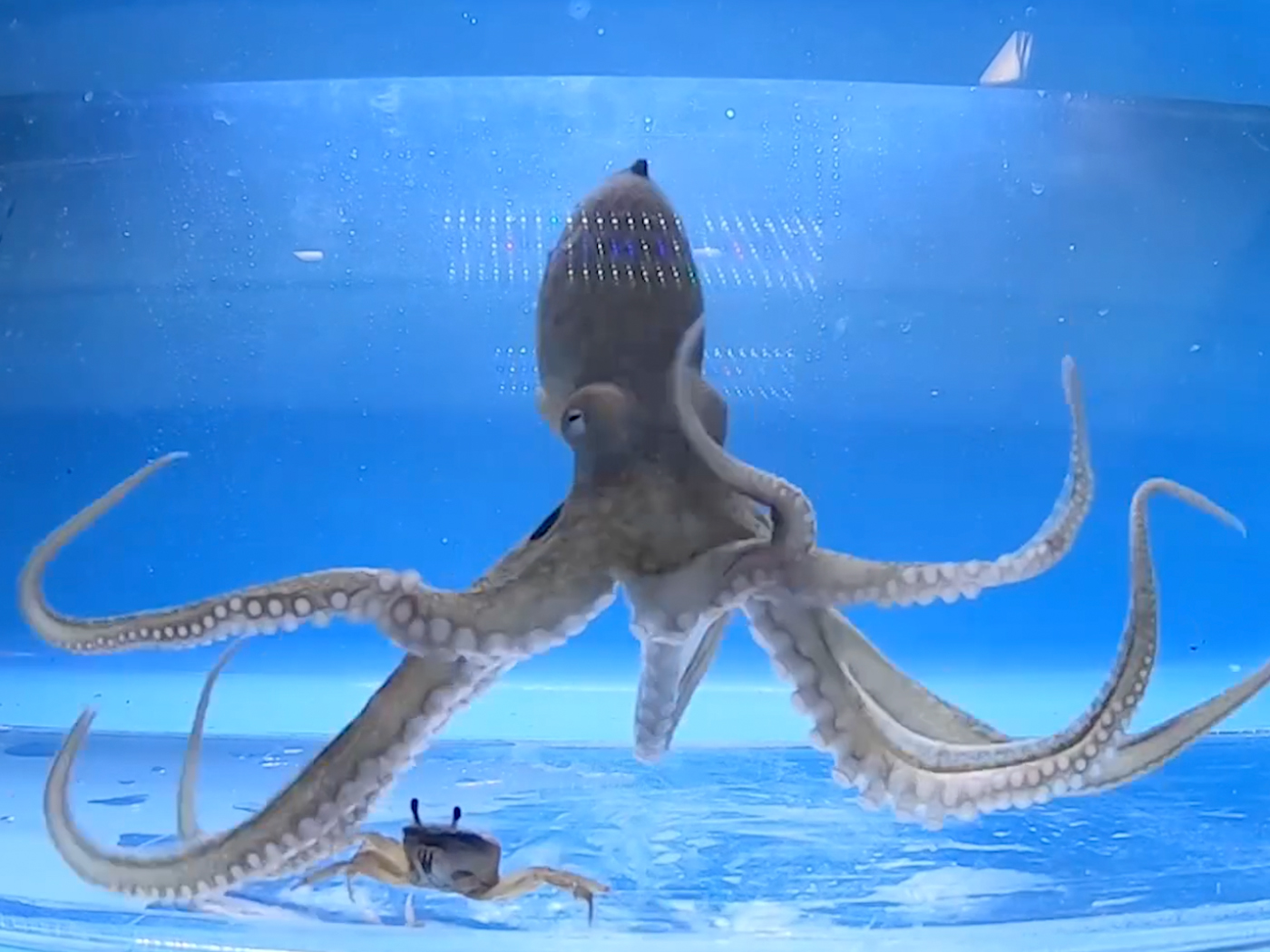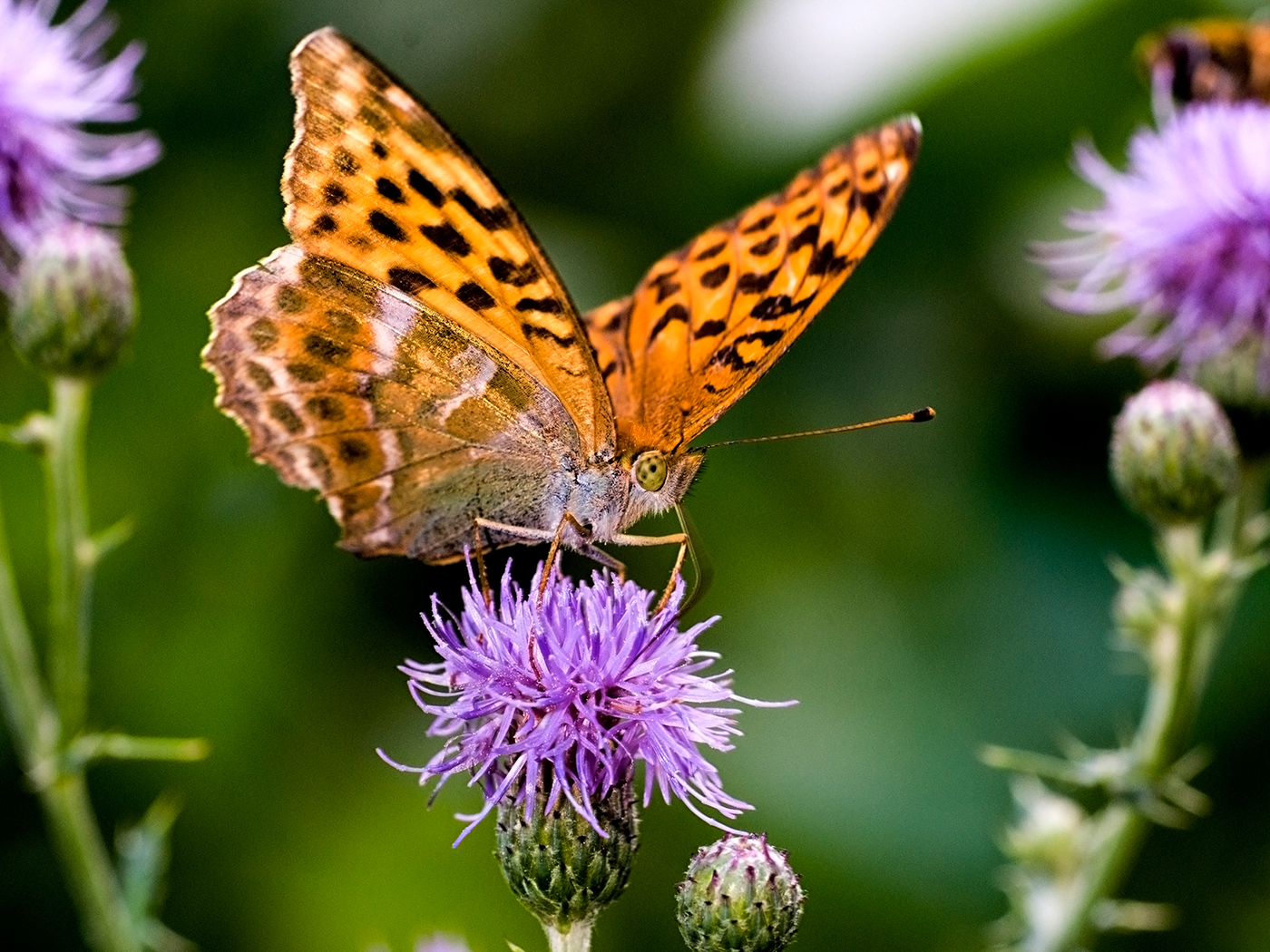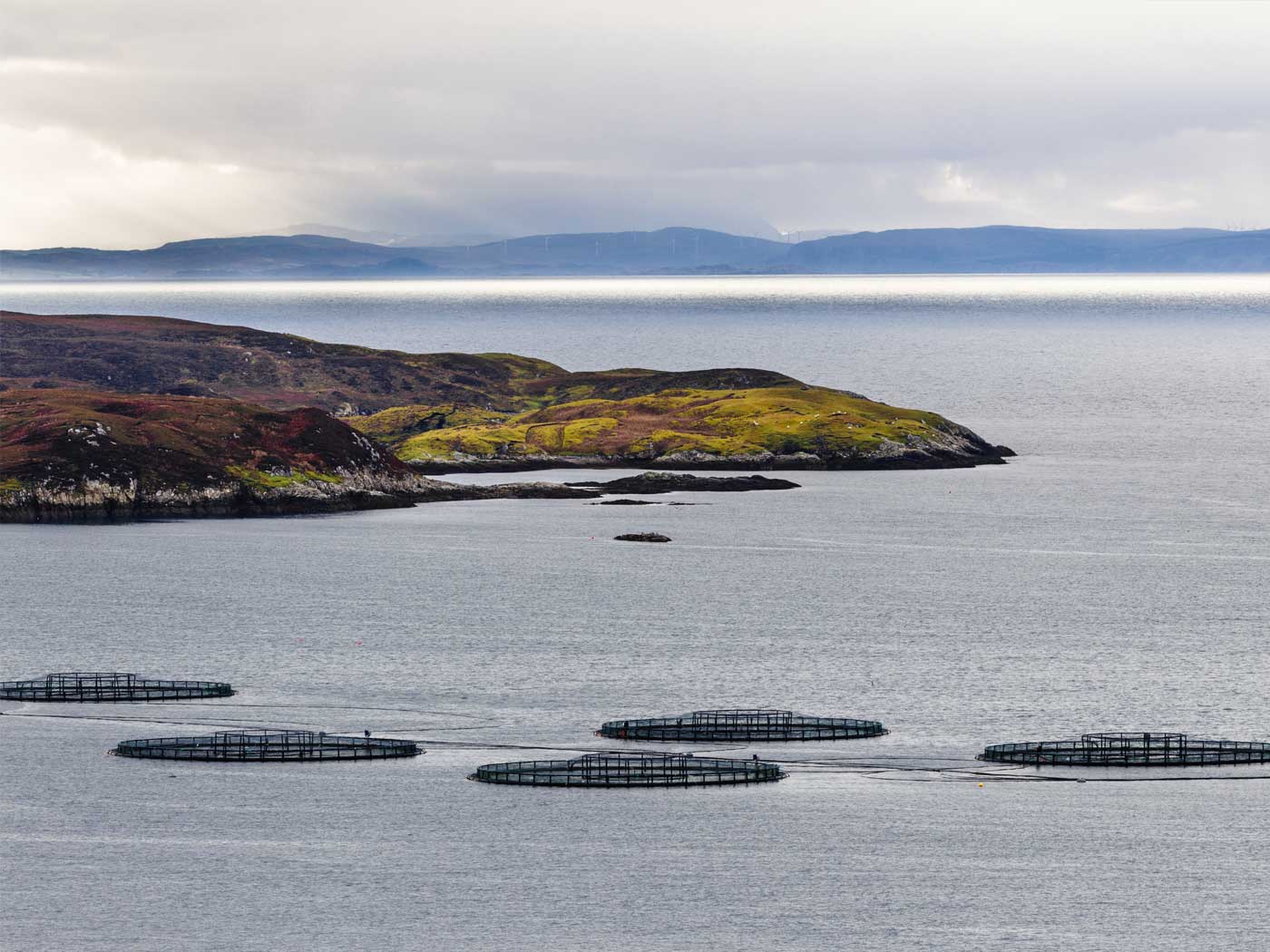On March 24, 2020, we ran a news article about how warmer weather appeared to hamper COVID-19 infections.1 New evidence could indicate that high altitudes might limit the spread of the disease as well.
A recent report details how high-altitude populations appear to have a low COVID-19 infection rate.2 Only 916 of Peru’s 141,000 COVID-19 cases came from the Andean Cusco region—around 80% percent below the national average. Bolivia’s 8,387 COVID-19 cases have been mostly in Santa Cruz—just a few hundred feet above sea level—but high-altitude La Paz had just 410 cases.
The phenomenon is currently unexplained. A peer-reviewed study in Respiratory Physiology & Neurobiology, from Australia, Bolivia, Canada, and Switzerland, examined results from Bolivia, Ecuador, and Tibet. They found populations living at altitudes above 3,000 meters (9,850 feet) reported significantly lower levels of confirmed infections than low-altitude populations. People living at high altitudes might also benefit from an ability to cope with low levels of oxygen in their blood. Other conditions not strictly related to altitude that might also tend to limit spread of COVID-19 in this study include that these are sparsely populated areas, the air is drier, and there are higher levels of UV radiation.
A researcher noted that prolonged exposure to altitude triggers a chain reaction in the lungs involving a protein known as ACE2 that might prevent pulmonary shunting—a common problem among COVID-19 patients.
References
1. Stamp, M. Warm Weather and COVID-19. Creation Science Update. Posted on ICR.org March 24, 2020, accessed June 1, 2020.
2. Tegel, S. From the Andes to Tibet, the coronavirus seems to be sparing populations at high altitudes. Washington Post. Posted on washingtonpost.com June 1, 2020, accessed June 1, 2020.
*Michael Stamp is an editor at the Institute for Creation Research.
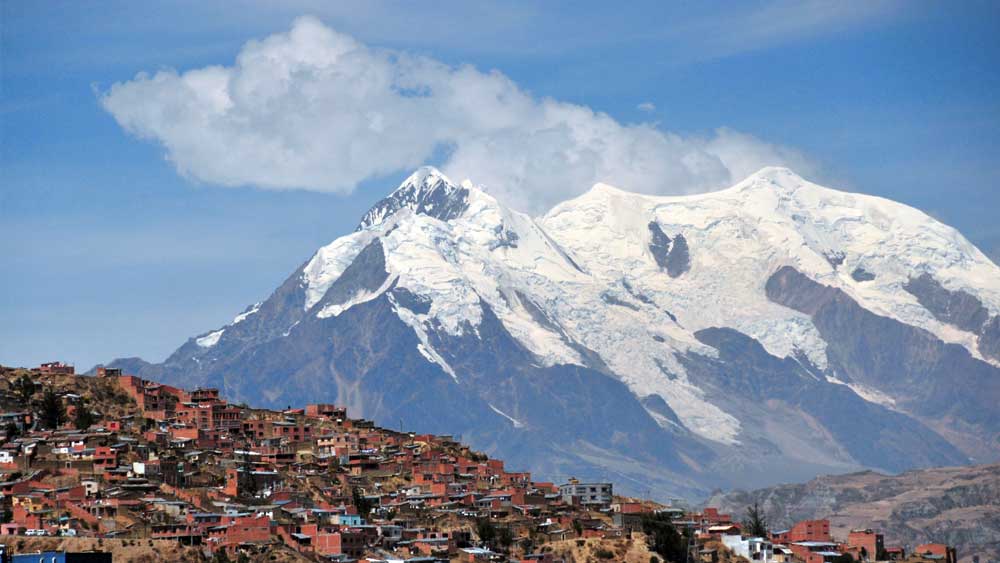
COVID-19 Infection Rates Lower at High-Altitudes
The Latest
Was a Key to Photosynthesis Evolution Discovered?
Northern Canadian lakes were the source of recently discovered unique photosynthetic bacteria of the phylum Chloroflexota. After years of culturing,...
CREATION PODCAST
Four Moons That Indicate a Young Universe | The Creation Podcast:...
Earth has one moon, but Jupiter has many! What can we learn from our celestial neighbor's satellites? Do they indicate youth?
Host...
Creation Kids: Seeds and Sprouts
by Renée Dusseau and Susan Windsor*
You're never too young to be a creation scientist and explore our Creator's world. Kids, discover...
APOLOGETICS
Christ’s Creativity in Canyon Critters
Grand Canyon animals display many marvelous traits and behaviors as they live life in that harsh habitat. These canyon creatures succeed thanks to the...
Standing Against False Science
I’m Michael Stamp, and I’m in my 12th year as an editor at the Institute for Creation Research. It’s always an encouragement to see...
Oysters and Pre-Flood Longevity
The oyster species Crassostrea virginica, also known as the eastern oyster, is a prized seafood. Research has demonstrated that a fossil version of...
Galápagos Finches: A Case Study in Evolution or Adaptive Engineering?
A group of birds known as Darwin’s finches live in the Galápagos Islands, which are located in the Pacific Ocean 600 miles west of Ecuador....
Hot Springs National Park: Hydrothermal Springs Formed By The...
Hot Springs National Park is located about an hour southwest of Little Rock in the folded Ouachita Mountains of central Arkansas. It is the second smallest...
Why Biology Needs A Theory of Biological Design—Part 2
“Based on a true story” is included by movie producers to add authenticity, importance, and a flair of anticipation. So, my account of how...
Marine Fossil Tapeworm Is Still a Tapeworm
The Flood was both sudden and rapid. The burial of creatures—including delicate plants and soft-bodied animals like jellyfish1—occasionally...





